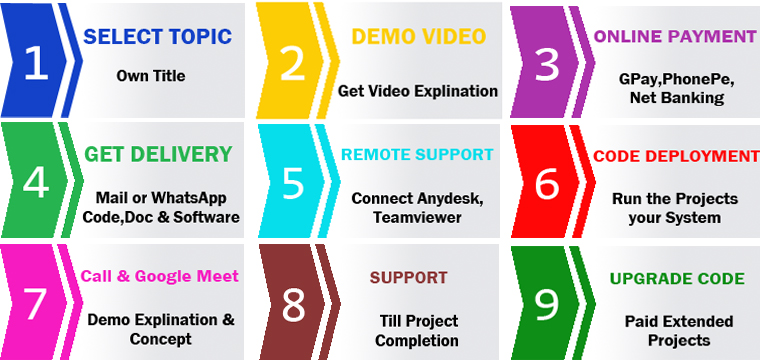Design and implementation of an improved power electronic system for feeding loads of smart homes
Design and implementation of an improved power electronic system for feeding loads of smart homes
Abstract
This paper suggests an improved step‐up step‐down DC‐DC system along with three‐input and four‐output for smart home applications. In this configuration, two unidirectional power ports have been identified as an Input power supply and one bidirectional power port for the power‐saving element, which can be used as a bidirectional converter for the hybrid vehicle to discharge in a dependent structure. This system can be used to combine renewable energy sources like photovoltaic (PV), fuel cell, battery and hybrid vehicle (HV) to prepare power for remote smart homes. By using this system, serving different loads with different voltage range from high voltage to ultra‐low voltage is possible, also battery charge and discharge with the energy‐saving method can be achieved. In this system, the condition of all possible low‐voltage load and high‐voltage load conditions has been assumed. In this structure, nine power switches have been used, in which all of these switches are in control with independent and dependent duty cycles. By using these cycles, maximum power can be earned from PV sources, bus‐bar voltage regulation, and battery power control is possible too. In this topology, depending on environmental conditions, five scenarios have been identified. To prove the capability of the system before the build, some valid simulations are needed. In this study, the suggested system has been simulated with power system computer aided design/electromagnetic transients including DC (PSCAD/EMTDC)






 admin
admin 







